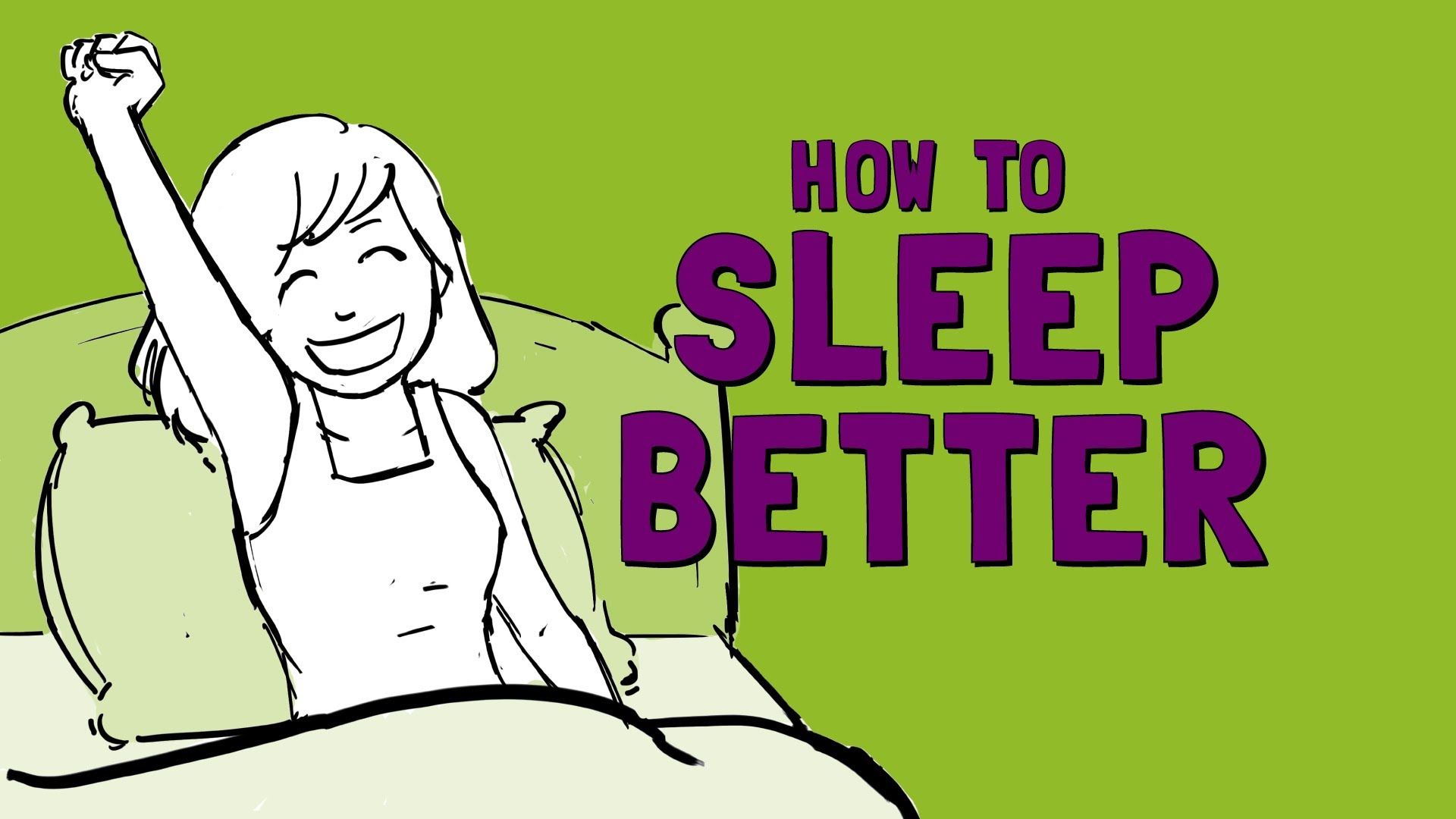
How To Go To Sleep Faster
Introduction:
A good night’s sleep is crucial for our physical and mental well-being, but falling asleep quickly can be a challenge for many individuals. Tossing and turning in bed can lead to frustration and further delay sleep. In this comprehensive guide, we will explore effective strategies and techniques to help you go to sleep faster. By implementing these practices, you can optimize your sleep routine and improve the speed at which you fall asleep.
Section 1:
Creating a Sleep-Conducive Environment (400 words)
1.1 Comfortable Sleep Environment: Ensure that your bedroom is comfortable and conducive to sleep. Invest in a supportive mattress and pillows that suit your preferences. Choose breathable bedding materials and adjust the room temperature to a cool, comfortable level.
1.2 Reduce Noise and Light: Minimize external disturbances that may interfere with your sleep. Use earplugs, white noise machines, or soundproof curtains to block out noise. Dim the lights or use blackout curtains to create a dark environment, promoting relaxation and melatonin production.
1.3 Remove Electronic Devices: Keep electronic devices such as smartphones, tablets, and laptops out of the bedroom. The blue light emitted by these devices can disrupt your natural sleep-wake cycle. Create a screen-free zone to signal your brain that it’s time to wind down and sleep.
Section 2:
Establishing a Relaxing Bedtime Routine (500 words)
2.1 Consistent Sleep Schedule: Set a consistent sleep schedule by going to bed and waking up at the same time every day, even on weekends. Consistency helps regulate your body’s internal clock, making it easier to fall asleep at night.
2.2 Wind-Down Ritual: Develop a calming bedtime routine to signal to your body that it’s time to sleep. Engage in relaxing activities such as reading a book, taking a warm bath, practicing deep breathing exercises, or listening to soothing music. Avoid stimulating activities or intense discussions before bed.
2.3 Journaling: Write down your thoughts, worries, or tasks for the next day in a journal before bed. This practice helps clear your mind and allows you to let go of any lingering thoughts or concerns that may keep you awake.
2.4 Progressive Muscle Relaxation (PMR): Practice PMR exercises to relax your body and release tension. Starting from your toes and gradually working your way up, tense and relax each muscle group. This technique promotes physical relaxation and prepares your body for sleep.
Section 3:
Managing Stress and Anxiety (500 words)
3.1 Stress Reduction Techniques: Prioritize stress management during the day to alleviate nighttime stress and anxiety. Engage in activities such as meditation, yoga, or deep breathing exercises. These practices help calm your mind and promote a state of relaxation.
3.2 Cognitive Behavioral Therapy (CBT): Consider seeking therapy or counseling if stress and anxiety significantly impact your ability to fall asleep. CBT is a proven therapeutic approach that can help reframe negative thought patterns and develop effective coping strategies for better sleep.
3.3 Create a Worry Journal: If racing thoughts or worries keep you awake, keep a worry journal beside your bed. Write down any concerns or thoughts that arise, allowing you to release them and address them at a more appropriate time.
3.4 Relaxation Techniques: Experiment with relaxation techniques such as guided imagery, visualization, or aromatherapy. Engaging your senses can promote a sense of calm and relaxation, facilitating faster sleep onset.
Section 4:
Optimizing Lifestyle Factors (400 words)
4.1 Regular Exercise: Engage in regular physical activity, as it promotes better sleep quality and reduces stress. Aim for at least 30 minutes of moderate-intensity exercise most days of the week. Avoid exercising too close to bedtime,
as it can have an invigorating effect that may interfere with your ability to fall asleep quickly.
4.2 Dietary Considerations: Be mindful of your food and drink choices, especially in the evening. Avoid heavy, spicy, or fatty meals close to bedtime, as they can cause discomfort and indigestion. Additionally, limit your intake of caffeine and nicotine, as they are stimulants that can disrupt sleep. Opt for soothing herbal teas or warm milk instead.
4.3 Bedroom Environment: Ensure your bedroom is cool, well-ventilated, and free from distractions. Keep the room dark with blackout curtains or an eye mask if necessary. Use comfortable bedding and sleepwear that promotes relaxation and allows for temperature regulation.
4.4 Limit Napping: If you find it challenging to fall asleep quickly at night, consider reducing or eliminating daytime naps. Long or late afternoon naps can interfere with your sleep drive and make it harder to fall asleep at bedtime.
Section 5:
Additional Techniques (300 words)
5.1 Breathing Exercises: Practice deep breathing exercises, such as the 4-7-8 technique, to promote relaxation and calm your mind. Inhale deeply through your nose for a count of 4, hold your breath for a count of 7, and exhale slowly through your mouth for a count of 8. Repeat this cycle several times before bed.
5.2 Visualization and Imagery: Imagine yourself in a peaceful, relaxing setting. Visualize each detail, such as the sights, sounds, and sensations, to help create a mental escape that promotes a sense of calmness and sleepiness.
5.3 Acupressure: Explore acupressure techniques that target pressure points associated with relaxation and sleep. Gently massage or apply pressure to points such as the inside of your wrist, the area between your eyebrows, or the back of your neck to promote relaxation and help induce sleep.
5.4 Sleep Supplements: Consult with a healthcare professional before considering sleep supplements like melatonin or herbal remedies such as valerian root. While they may be helpful for some individuals, it’s important to determine the appropriate dosage and assess any potential interactions with other medications.
Section 6:
Seeking Professional Help (300 words)
6.1 Persistent Sleep Issues: If you consistently struggle with falling asleep quickly despite implementing these strategies, it may be beneficial to consult a healthcare professional or sleep specialist. They can assess your sleep patterns, identify any underlying sleep disorders, and recommend appropriate treatments.
6.2 Sleep Restriction Therapy: In some cases, sleep restriction therapy may be recommended by a sleep specialist. This therapy involves limiting the time spent in bed to increase sleep efficiency and promote faster sleep onset.
6.3 Medication: Prescription sleep medications may be considered in certain situations, but they should only be used under the guidance of a healthcare professional and for a limited duration.
Conclusion:
By implementing the strategies outlined in this comprehensive guide, you can improve your ability to fall asleep faster and achieve better quality sleep. Remember that establishing a sleep-conducive environment, establishing a relaxing bedtime routine, managing stress and anxiety, optimizing lifestyle factors, and incorporating additional techniques can all contribute to quicker sleep onset. It’s essential to find a combination of strategies that work best for you and be patient as you establish new habits. Prioritizing your sleep and making it a consistent part of your routine will have long-lasting benefits for your overall health and well-being.
- Pod Salt Nexus: Exploring Next-Level Vaping with Salt Nicotine Innovation - February 26, 2024
- The Comprehensive Guide to the Benefits of Cat’s Claw Extract Nootropics - October 25, 2023
- The Comprehensive Guide to the Best Delta-10 THC Tinctures Reviews and Recommendations - October 25, 2023

